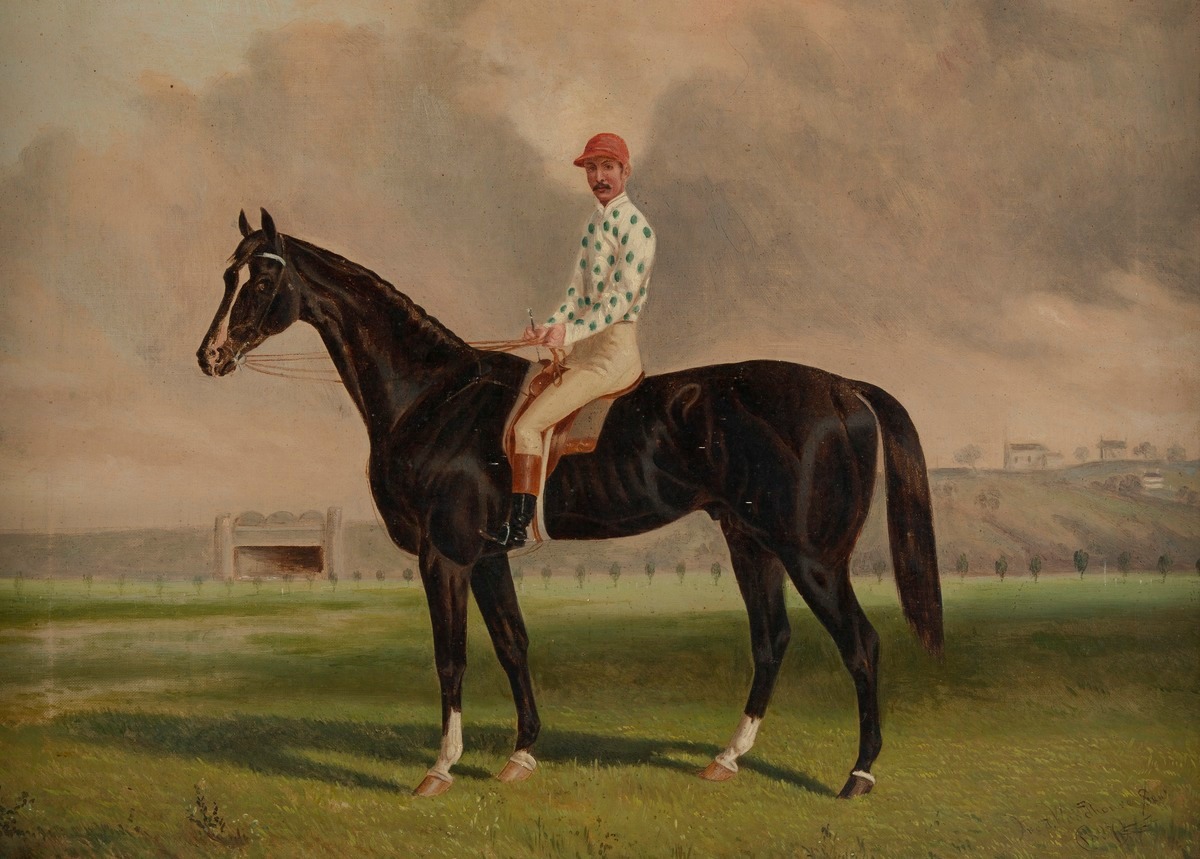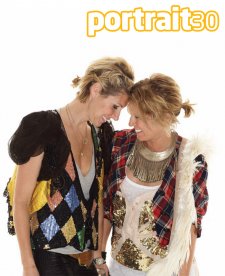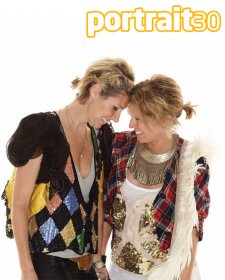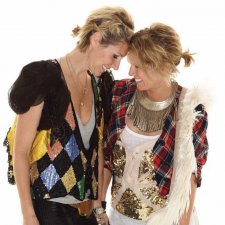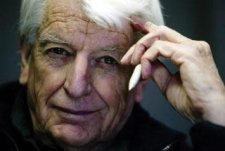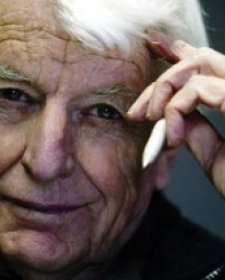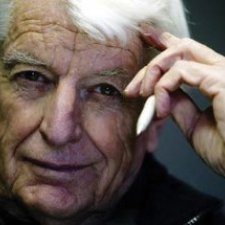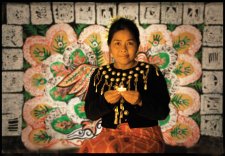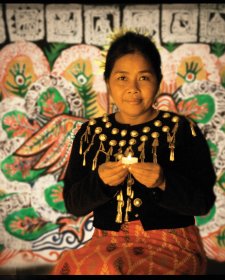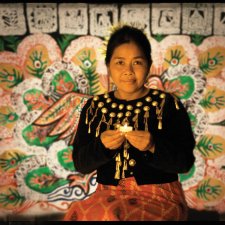Blue Mountain, Owner, Trainer, Jockey, James Scobie 1887 by Frederick Woodhouse Snr. is a portrait of James Scobie (1860-1940), who was, as the title of the painting suggests, a well known jockey and eminent horse trainer.
It is likely that this painting celebrates an important milestone in his life, indeed this is perhaps the ‘big break’ in Scobie’s life as the moment he was truly confirmed on his track to success.
Scobie began as many riders still do, working first as a strapper before graduating to become a jockey in Victoria. He rode his first winner in 1880 for Robert Howie of Ballarat and went on to ride a succession of winners over the next two decades. He eventually bought stables from Howie in 1882 and set up as a trainer, winning the Hobart Cup in 1885. This painting celebrates Scobie’s win riding Blue Mountain in the 1887 Grand National Steeple at Caufield. His justifiable pride is evident in the title which describes his multiple roles as owner, trainer and jockey. A jockey’s racing silks can be patterned with hoops or stripes, stars or diamonds checks or spots and in various colours and combinations as long as they were bold, symmetrical and easily distinguishable at a distance. Compulsory registration of colours was not introduced until 1890 but by 1887 owners were conscious of the need to ensure their horse stood out and aimed for unique silks. In the painting Scobie is wearing his own colours - the white silk top blazoned with green spots and red cap - that identify the owner, rather than the jockey.
The year after his win, Scobie married Joan Shaw Paterson in Ballarat and together they raised two sons who followed their father’s trade to also become horse trainers. With the win on Blue Mountain behind him, Scobie consolidated his reputation as a trainer: the horses he trained took out four Melbourne Cups, ten Bendigo Cups, twelve wins in the Ascot Vale Stakes and eight Victorian Racing Club Derbies. He was a specialist in training stayers but his horses took out the Maribyrnong Plate for two year olds on five occasions. From 1892 onwards, he was the trainer for Sir Rupert Clarke and his brother Ernest.
Scobie eventually moved to Flemington with the redoubtable Bobby Lewis (1878-1947) as his stable jockey. The pair combined to win all the top classics in the racing calendar and Lewis matched Scobie in riding a record four Melbourne Cup winners. Lewis retired in 1938 after 46 years of racing. Likewise, Scobie continued training to the last, winning his fifth South Australian Jockey Club Derby in 1939. He also scored a trifecta of bad falls during his racing life, breaking one leg three times but he remained a familiar sight on the track with the assistance of a walking stick. James Scobie was much admired by the racing fraternity and the public. Jockey Arthur ‘Scobie’ Breasley’s nickname pays tribute to the influence of James Scobie.
Frederick Woodhouse Snr. (1820-1904) is considered Australia’s pre-eminent sports painter. He made a career of painting horses. Woodhouse was born in Hadley in Essex and served with the Essex Yeomanry Cavalry before his marriage to Mary Bysouth in 1845 and subsequent emigration to Australia in 1858 with his four children. Like his father, he was a painter but specialised in equine painting once in Australia. He is best known for having painted thirty Melbourne Cup winners from Archer, the very first winner in 1861, to Malvolio in 1891. He was not averse, however, to painting sheep, cattle, dogs and working horses. Woodhouse was a foundation member of the Victorian Academy of Arts and perennial exhibitor in their exhibitions.
Woodhouse’s association with the track didn’t end with painting race horses: he also designed sporting trophies. Woodhouse collaborated with silversmith Edward Fischer of Geelong to produce the first locally made presentation trophy for the Melbourne Cup in 1876. One of the few surviving trophies designed by Woodhouse and made by Fischer was the 1881 Brookong Corinthian Cup which commemorated a one-off racing event in the small town of Urana. This magnificent silver cup is held in the Powerhouse Museum in Sydney and provides an excellent example of the highly ornamental taste and the exquisite craftsmanship of the period, as well as providing an insight into the boom times enjoyed by Marvellous Melbourne up to the late 1880s.
In his painting of Scobie on Blue Mountain, Woodhouse shows something of the simple outbuildings of the Caulfield racetrack, giving the horse and rider an Australian context. The painting otherwise follows the genre of sporting images of racehorses, established in Britain and sent around the world via engravings, lithographs and other types of prints. The Australian colonies, with their voracious appetite for sport and particularly horse racing, made a natural market. Blue Mountain is shown inevitably in profile, jockey up, on the race track. The head is small, an indicator of her Arab bloodline, her haunches powerfully enlarged and the body elongated to emphasise speed and strength.
Illustrations made after Woodhouse’s paintings appeared in such popular journals as the Australian Sketcher and Town and Country Journal and he published a series of Australian sporting prints, Woodhouse’s Australasian Winners, with the majority of the lithographs being drawn by his son Frederick Woodhouse Junior. By the time the series concluded in 1900, photography had effectively replaced the hand drawn or painted portrait. ‘A Melbourne Cup always meant £100 to me’, Woodhouse lamented, ‘and the work occupied about a fortnight, but photography knocked me out. Now an owner can get a picture of his horse in a sixpenny weekly, or for nothing – wrapped around the meat’.
